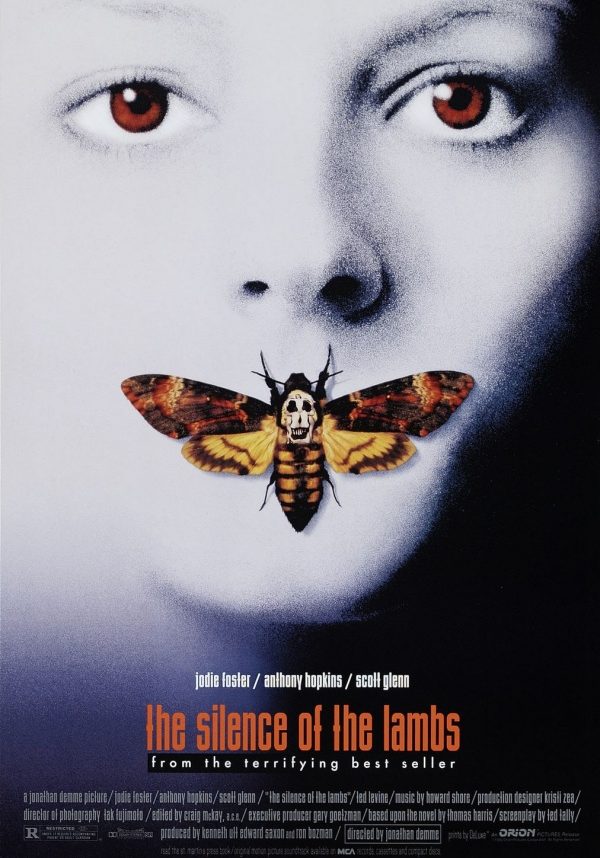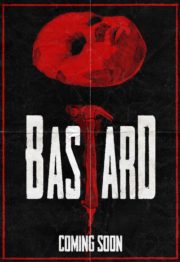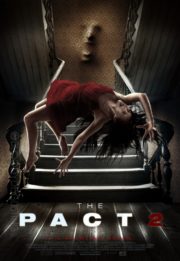Whispering Death: The Inimitable Terror of Silence of the Lambs
“I ate his liver with some fava beans and a nice chianti.”
This chilling line, delivered with a haunting slurp, encapsulates the eeriness that “The Silence of the Lambs” cultivates. Directed by Jonathan Demme and released in 1991, this cinematic masterpiece combines the elements of psychological thriller and horror, leading its viewers into a spine-chilling exploration of the human psyche. The story follows young FBI trainee Clarice Starling, who seeks the help of the cunning, cannibalistic psychiatrist turned serial killer, Dr. Hannibal Lecter, to capture another killer known as Buffalo Bill. With its understated narrative of dread, the film avoids spoil, inviting audiences into a world where the line between sanity and madness is as thin as the silence that surrounds a scream.
Manifestations of Fear: Crafting the Horror in Silence
Atmosphere and Tone: A Symphony of Dread
“The Silence of the Lambs” creates an environment thick with tension and unease, not relying on the conventional tactics of jump scares or gore. Instead, it crafts its horror through a meticulous buildup of suspense and the looming sense of foreboding that pervades every frame. Demme masterfully uses silence—ironically, as the title suggests—as a vehicle for amplifying the viewer’s fear, where the anticipation of horror becomes almost unbearable.
Lurking in the Shadows: Cinematography and Visuals
The film’s cinematography, characterized by its use of close-up shots, invites viewers into the intimate lives of its characters, creating a connection that is both uncomfortable and inescapable. The camera work, combined with the grim color palette, fosters a claustrophobic feeling, as if the darkness itself could swallow you whole. Notable is the absence of gratuitous special effects, proving that horror can be viscerally achieved through storytelling and visual restraint.
Soundscapes of Terror: Auditory Hauntings
When it comes to sound, “The Silence of the Lambs” demonstrates unparalleled sophistication. The score, composed by Howard Shore, is hauntingly beautiful and deeply unsettling, weaving a tapestry of dread. At times, it is the silence or the muffled, distant sounds that churn the pit of your stomach—the distant echo of a scream, the eerie resonance of Lecter’s voice. The film knows when to use silence and when to puncture it with sound—a balance that amplifies the horror.
Living Nightmares: Performance and Characterization
Embodiments of Fear: Cast Performances
The characters are the vehicle through which the horror is truly understood and felt. Jodie Foster’s portrayal of Clarice Starling is raw and riveting, her vulnerability teetering on the edge of every scene. Anthony Hopkins, with limited screen time, creates an icon of terror with his portrayal of Hannibal Lecter—charming, cultured, and utterly monstrous. These actors, through their gripping performances, elevate the film to a caliber of horror that feels all too real.
Horror’s Many Facets: Dissecting the Subgenre
While predominantly a psychological thriller, “The Silence of the Lambs” incorporates elements of crime and horror, defying and transcending genre boundaries. It eschews the typical trappings of supernatural horror and instead grounds its terror in the all-too-human capacity for unspeakable acts, making its psychological impact all that more profound.
The Terror That Echoes: Thematic Resonance and Impact
Psychological Frights: Fear by Implication
The terror evoked by the film is deeply psychological, stemming from what is suggested rather than blatantly shown. The strategic use of suggestion leaves much to the imagination, which, in turn, conjures a personalized horror for each viewer. This subtlety magnifies the fear, allowing the film to resonate on a deeper, more intimate level.
Looking Through the Glass: Themes and Commentary
“The Silence of the Lambs” is not merely content with scaring its audience; it delves into themes of psychological manipulation, the nature of evil, and the price of innocence. This introspective lens on society’s dark underbelly allows the film to transcend the horror genre, making it a timeless and powerful piece of cinema.
A Screaming Silence: The Horror Enthusiast’s Delight
There’s no denying that “The Silence of the Lambs” firmly stands as a pinnacle of horror. Its ability to fuse intellectual and visceral terror is nothing short of genius. It’s a film that will undoubtedly resonate with horror aficionados, psychological thriller lovers, and anyone looking for a complex, character-driven fright.
The Test of Time: Comparisons in Horror
While unique in its approach, the film can be compared to Alfred Hitchcock’s “Psycho” in its exploration of the disturbed mind, and it arguably set the stage for contemporary psychological horror films like “Se7en” or “Zodiac”. It captures a moment in cinematic horror that is both inventive and introspective, typical of the early ’90s yet timeless in its appeal.
The Echo of Horror: A Lasting Whisper in Cinema
“The Silence of the Lambs” is a chilling masterpiece that weaves horror seamlessly into the fibers of an intelligent, psychological narrative. Its strengths lie in the superb character development, the unrelenting tension, and the understated but visceral terror that it evokes. As a cautionary note, the film delves into disturbing themes and scenarios, which may act as triggers for some viewers. Ultimately, it is a must-watch for those who dare to hear the whisperings of terror, to peer into the abyss of the human soul, and to silence their own lambs of fear. Whether you’re a student of the genre or a viewer seeking a formidable challenge to your nerves, “The Silence of the Lambs” promises to be an unforgettable experience.




